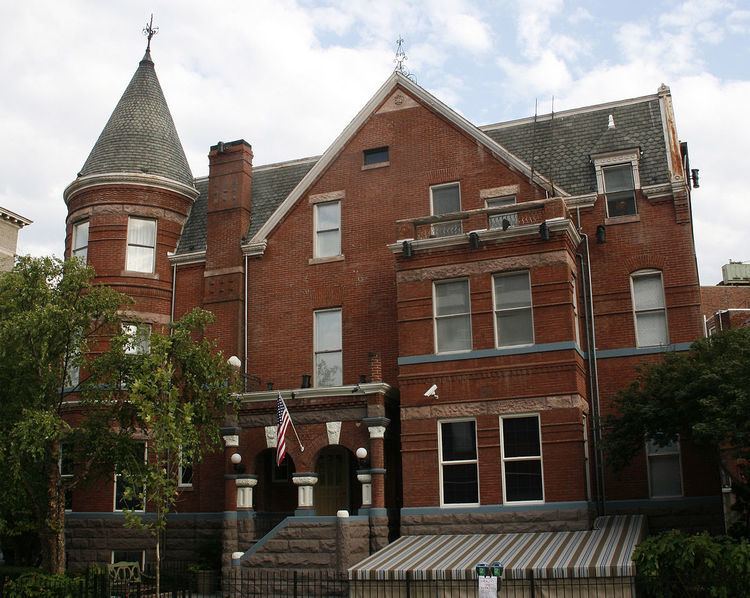Established November 12, 2008 Website www.laogaimuseum.org Founded 12 November 2008 | Type Prison Museum Phone +1 202-408-8302 | |
 | ||
Location 1901 18th Street NWWashington, D.C. (formerly 1734 20th St. NW, Washington D.C.; initially at 1109 M Street NW, Washington, D.C). Address 1901 18th St. NW, First & Second Floor, Washington, DC 20009, United States Hours Open today · 10AM–6PMSunday10AM–6PMMonday10AM–6PMTuesday11AM–6PMWednesday10AM–6PMThursdayClosedFridayClosedSaturday10AM–6PM Similar L Ron Hubbard House, Meeting House of the Frien, Woodrow Wilson House, George Washington University, National Museum of the Unite | ||
Laogai museum
The Laogai Museum is a museum in Dupont Circle, Washington, D.C., which showcases human rights in the People's Republic of China, focusing particularly on the laogai, the Chinese prison system. The creation of the museum was spearheaded by Harry Wu, a well-known Chinese dissident who himself served 19 years in laogai prisons; it was supported by the Yahoo! Human Rights Fund. It opened to the public on 12 November 2008, and Wu's non-profit research organization (the Laogai Research Foundation) calls it the first museum in the United States to directly address the issue of human rights in China.
Contents
The Chinese penal system includes numerous components such as prisons (formerly referred to as laogai), re-education through labor or laojiao camps, ankang mental health facilities, and juvenile detention centers. The Laogai Museum focuses mainly on the laogai component, which Wu's non-profit research organization calls "the most extensive system of forced labor camps in the world.". Prisoners in these camps are said to undergo forced labor and thought reform, and the system has attracted widespread criticism from the international community. In 1994, the government abandoned the term laogai and renamed the facilities "prisons" (jianyu), but the Laogai Research Foundation and others claim that forced labor continues and prison conditions have not improved.
The purpose of the Laogai Museum, according to Wu, is both to educate the public about the laogai and to memorialize the victims of the laogai. The museum documents the "history and structure of the laogai," and displays laogai-related materials such as uniforms, photographs, government documents, and products manufactured by prisoners—including such items as Christmas lights, tea bags, and plastic flowers; many of the items were donated by laogai survivors, and others come from Wu's own archives. The museum also has a large archive of prison-made products, victims' testimonies, and Chinese government documents.
The museum was funded in part by the Yahoo! Human Rights Fund, a fund established by Yahoo! after the company attracted criticism for helping Chinese police locate and detain internet dissidents. The fund, headed by Yahoo! co-founder Jerry Yang was part of Yahoo!'s apology, and funding the museum was one of its first public projects.
A spokesman for the Chinese embassy has criticized the museum, calling it an attack on China's reputation and suggesting that Wu's motivation behind opening the museum was "to vilify the Chinese legal system and mislead the American public." In response, Mr. Wu said that the Chinese authorities "always dismiss me as a morally corrupt and dangerous criminal. Their second argument is that criminals have to work in some American prisons, too. But I can tell you that it’s not the same thing at all.”
